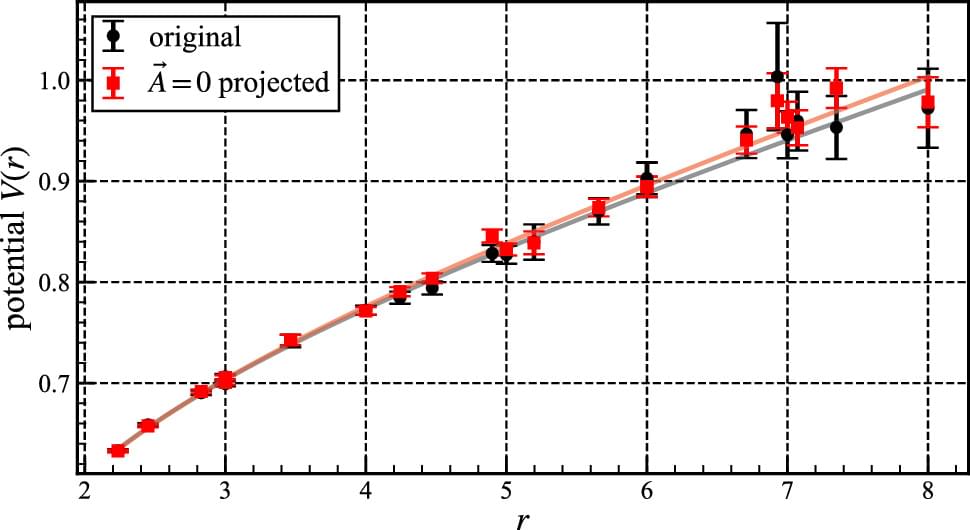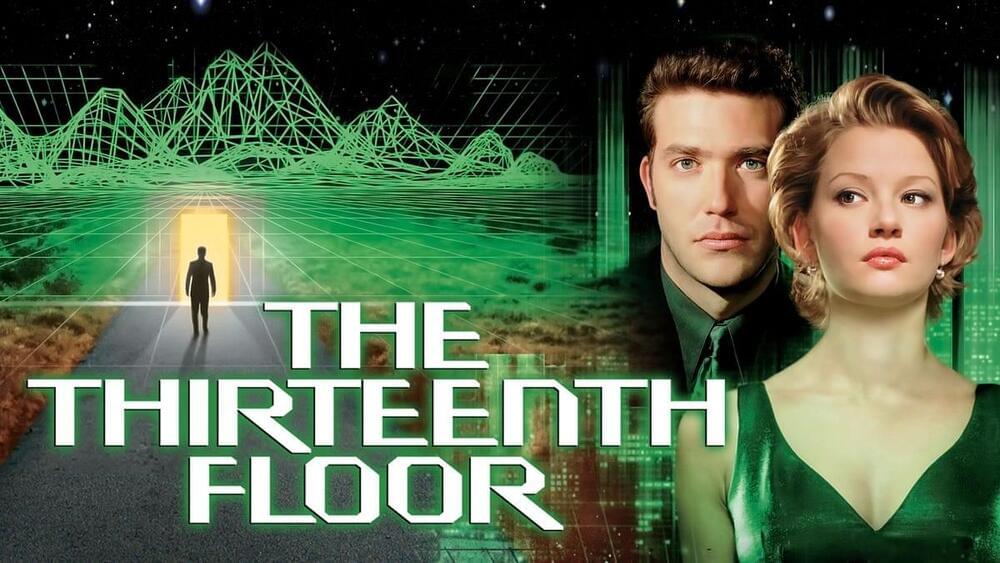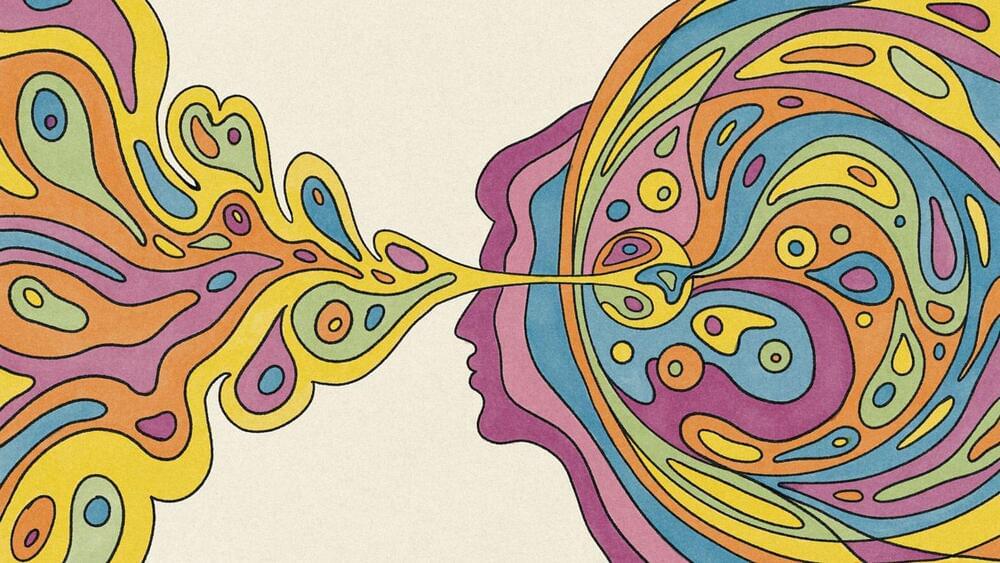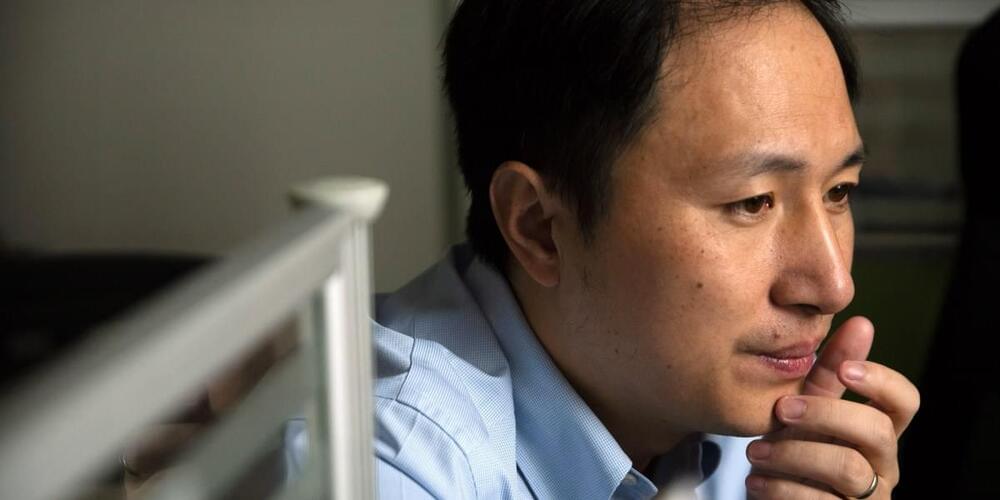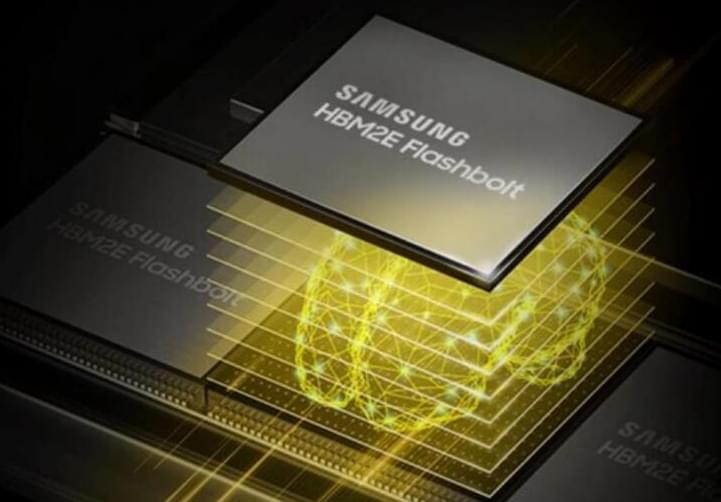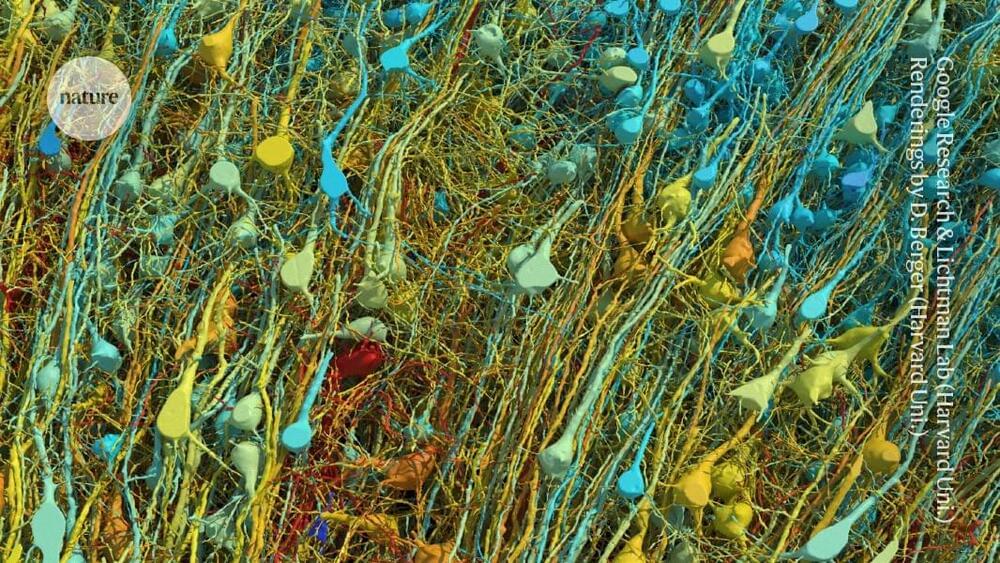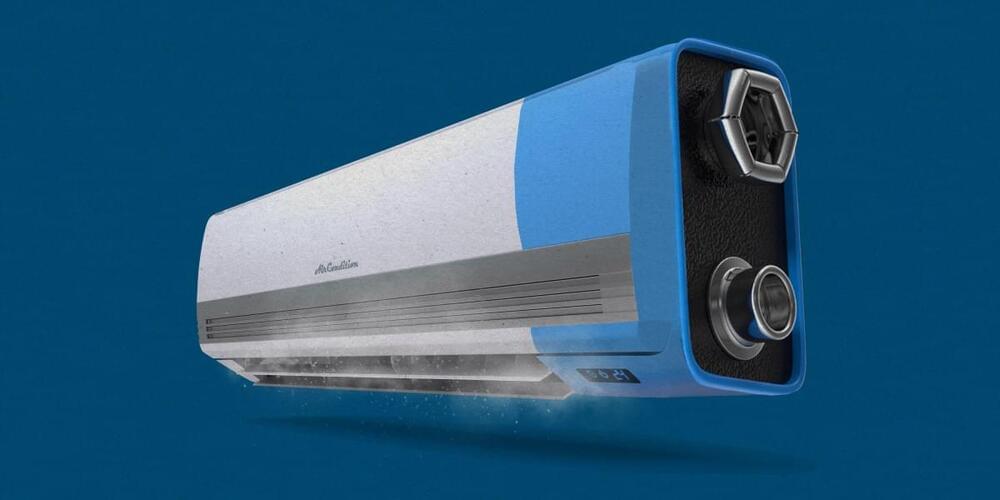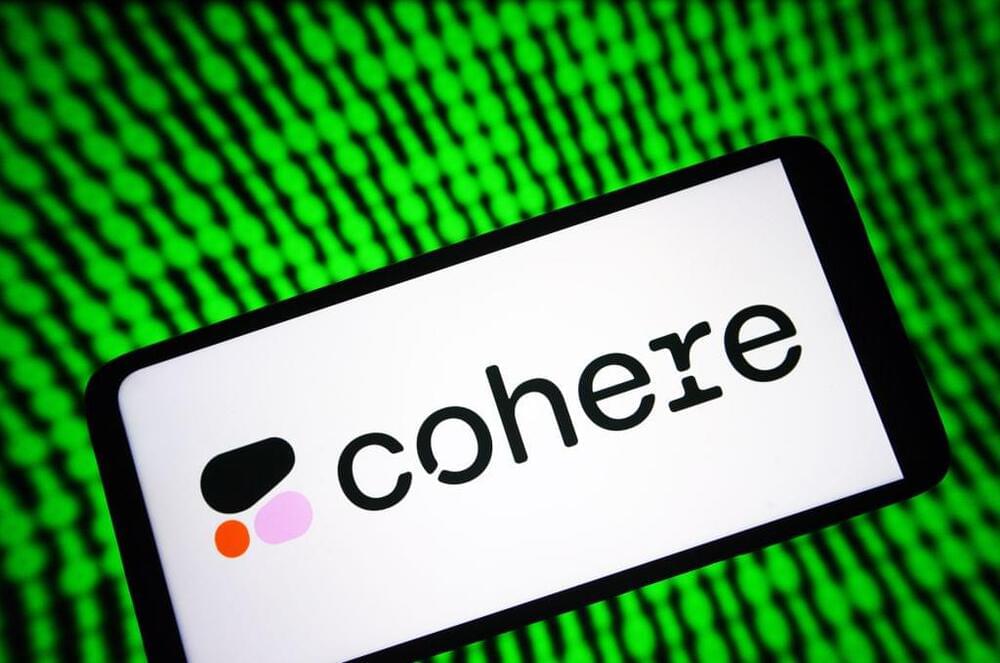Aug 9, 2024
Remnants of quark model in lattice QCD simulation in the Coulomb gauge
Posted by Dan Breeden in category: particle physics
Aiming at the relation between QCD and the quark model, we consider projections of gauge configurations generated in quenched lattice QCD simulations in the Coulomb gauge on a 16 $$^{\textrm{3}}$$3 $$\mathrm \times $$ × 32, $$\mathrm \beta $$ β = 6.0 lattice. First, we focus on a fact that the static quark-antiquark potential is independent of spatial gauge fields. We explicitly confirm this by performing $$\textbf{A}$$ A = 0 projection, where spatial gauge fields are all set to zero. We also apply the $$\textbf{A}$$ A = 0 projection to light hadron masses and find that nucleon and delta baryon masses are almost degenerate, suggesting vanishing of the color-magnetic interactions.
